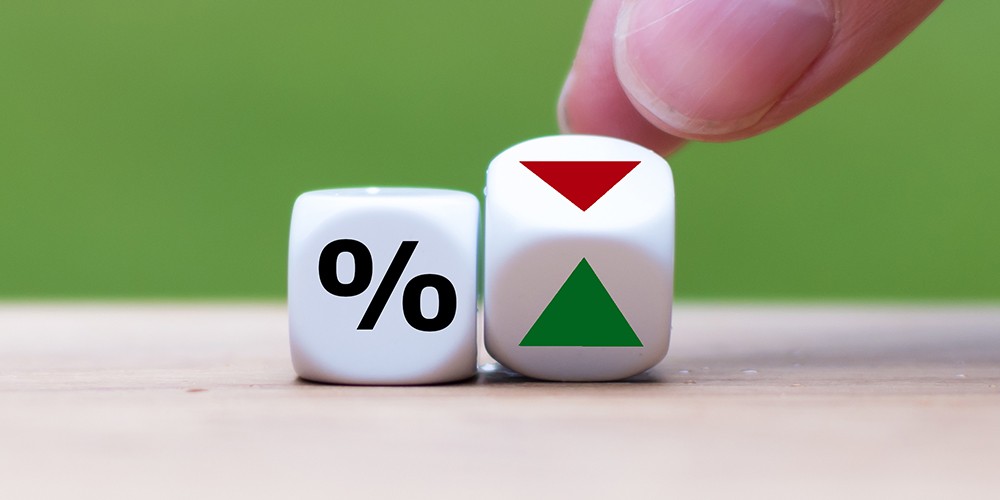
US consumers altering their spending
The headlines might be grim but it’s not bad news for all retailers, with some set to see a surge in spending as consumers respond to the threat of COVID-19.
The latest data indicates a shift in consumer spending, with essential items like groceries on the rise, while anecdotal evidence from elsewhere globally indicates other sectors may also be in for an uptick.
Here’s how US consumers are altering their spending and the sectors which might see a rise in sales.
Altered spending
According to recent research from GfK, 85 per cent of US consumers indicate they will alter their spending habits in response to increasing concern over COVID-19.
Conducted between March 17 and 18, the representative survey found coronavirus will have both significant short and long-term effects on brand affinity and consumer purchases in the US.
The shopping-related adjustments that consumers expect to make include:
- Preparing food more often
- Shopping during non-peak hours
- Doing more online shopping
- Postponing or cancelling personal service appointments
“Over the next few weeks, consumers say they plan to spend more on ‘essentials’ such as cleaning products, canned goods, and bottled water – and less on apparel, toys, and other ‘optional’ items,” the survey found.
“But COVID-19 may also have long-term impacts for some brands. Roughly three quarters (73 per cent) of those surveyed say that the way companies conduct themselves during the crisis will impact whether they do business with those brands or retailers in the future.”
So how is this panning out in the retail sphere now?
What’s up, what’s down

As people spend more time at home and less time socializing with friends at restaurants and cafes, grocery sales have seen a natural upswing.
Statista notes between March 16 and 17, grocery purchases surged 14 per cent, along with non-food child products to keep the children occupied (up 4 per cent), in-home entertainment (up 3 per cent) and household supplies (up 1 per cent).
On the flipside, the same period saw a lot of spending reduced across a range of sectors.
Snack purchases were down 7 per cent, books and magazines fell 10 per cent, personal care products dropped 11 per cent, tobacco products were down 14 per cent, takeaway dipped by 22 per cent, alcohol reduced 23 per cent, pet care services slumped 35 per cent, and consumer electronics fell by 36 per cent.
But as this was in the relatively early stages of the US COVID-19 response, these figures could soon change.
What’s happening elsewhere?
In Australia, for example, where residents have been urged to stay home for the past three weeks, surprising products saw an upswing in sales.
After an initial focus on health products, groceries and home necessities, alcohol sales started to rise, and products like home appliances including toasters, bread makers and coffee machines began to attract increased interest along with home office supplies.
Then came entertainment-based products like audio visual technology, toys and games for children, books, fitness products like dumbbells, gym equipment and activewear, and even intimate apparel.
Will this happen in the US?
Early indicators show the US may follow a similar trend when it comes to purchasing behaviour, with a surprising list of items dominating online shopping searches.
Statista reports more and more consumers are searching for products which they had no previous interest in.
These include:
- Dumbbells – up 725 per cent
- Vitamin C Gummies – up 532 per cent
- Powdered milk – up 516 per cent
- Bidets – up 379 per cent
- Bread makers – up 364 per cent
- External monitors – up 160 per cent
- Freeze dried food – up 131 per cent
- Mouse for laptop – up 85 per cent
Retail happening online

Whether the rise in searches will translate to retail sales remains to be seen. However, one thing is clear, online purchasing has increased rapidly.
A recent study of e-commerce purchasing by Adobe Analytics found protection products like hand sanitizer, face masks, gloves and antibacterial sprays have seen an 817 per cent increase.
Cold, cough and flu products have also increased 198 per cent, while online purchases of pain relievers increased 152 per cent.
Household staples are also being bought over the internet, with toilet paper purchasing up 182 per cent, canned goods up 69 per cent and shelf stable products like rice and oatmeal have risen 58 per cent.
“Right now, as consumers increasingly use digital methods to prepare for a possible emergency, retailers need to ensure smooth, frictionless, and fast experiences on their eCommerce websites and mobile applications,” Adobe Analytics reflects.
“Meeting your customers’ needs and expectations at a time like this is imperative: it could either make or break your brand.”


